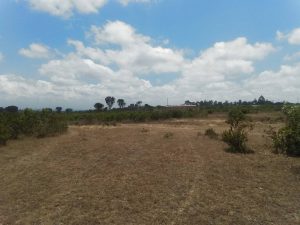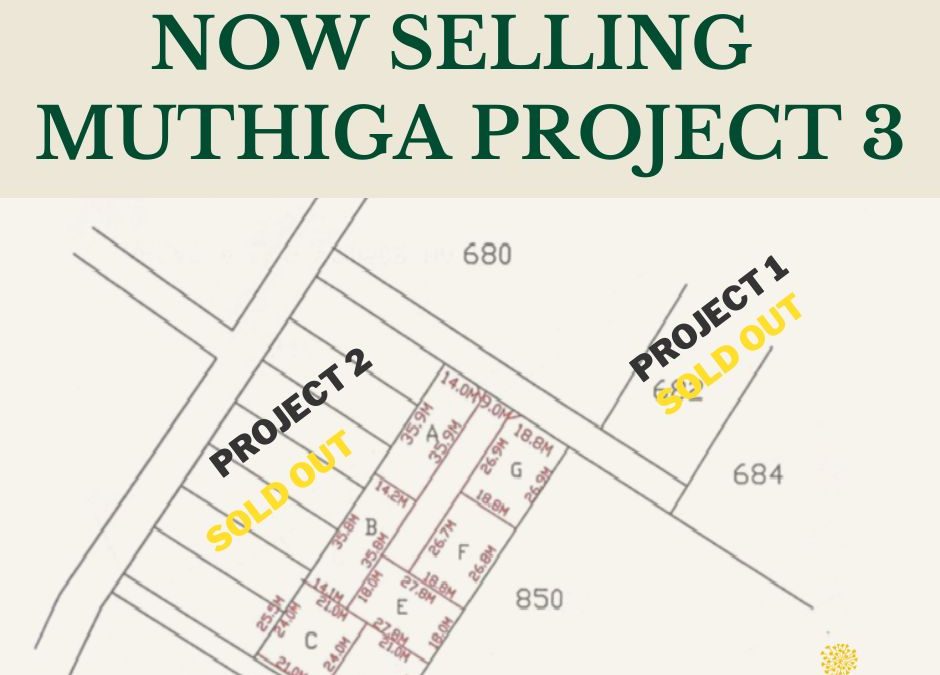There are various legal and recognized ways of acquiring Land in Kenya. Some of the recognized ways of obtaining ownership of Land in Kenya include: gifting, nomination, purchase, succession-inheritance, adverse possession, nomination, surrender and compulsory acquisition- which can only be in favor of the government, land allocation, land allotment, and land adjudication.
Under the Constitution of Kenya, 2010 and the Land Laws applicable in Kenya, illegal acquisition of land is frowned upon and any titles issued under illegal and undue circumstances are deemed as null and void. In the event it is established that title to land was acquired through fraud or any other illegal means, Kenyan laws dictate that such ownership shall be challenged and revoked. This has been the undertone of various Court decisions and the position protected and upheld by the National Lands Commission.

In this Article we seek to address and guide you through the common Procedure of acquiring land in Kenya- land purchasing.
STEP ONE: IDENTIFY THE LAND OF YOUR CHOICE
The first step you will need to do is to identify the land you want to buy in comparison to your interests. As is stated in my previous blog post “Beginners Guide to Buying Land in Kenya” there is land that is strictly residential others are commercial while others are both. Subject to your interests in terms of purpose, size and location, after identifying the land you can now proceed to the next step.
STEP TWO: DO A SEARCH AT THE LAND REGISTRY
The next step is for you to secure a copy of the title deed of the land you intend to buy, a copy of identity card and a copy of the KRA Pin of the seller. After, you should proceed to the Land registry of the area the Land is located, for instance if it is in Thika you proceed to Thika Land Registry.
At the Land registry, you will request for a search Application form which you will fill in the details and attach the copies of the title deed, identification card and KRA pin. The process is absolutely free and it will take a maximum of two days to get the results.
Conducting a search at the initial stage is very necessary because you get to know the original owner of the land, the acreage and any encumbrance attached to the land.
STEP THREE: CONFIRM ANY UNPAID LAND RATES
Upon performing a search, the next step is to ensure there are no unpaid Land rates attached to the Land you intend to purchase. This can be done by conducting the search at the county office where the Land is located. There is a fee attached to the search which will usually vary from county to county. It is therefore very important to discuss with the seller who is to cover this costs in case there is unpaid Land rates.
STEP FOUR: GET THE LAND MAP
The next step is to acquire at least two land maps for the land you intend to purchase from the Land registry or from a local surveyor. One of the maps is drawn to scale showing the exact measurements of the land or mutation while the other will give an overview of the land together with its adjacent plots. Each map will cost you about 300 to 350 Kenya shillings.
STEP FIVE: LAND VERIFICATION
After acquiring the two Land maps together with the surveyor and the seller you then proceed to the actual location of the land to authenticate everything on the map. This is a very important step that people tend to skip because of various reasons like they trust the seller then it becomes a problem when it is too late. It is therefore very important to verify everything and then ensure you go ahead to erect beacons to prevent any future misunderstandings or disputes.
STEP SIX: SALE AGREEMENT
After all the other steps have checked out, the buyer and the seller can now get down to writing a sale agreement which is done by a lawyer. A sale agreement basically entails all the factors that will guide you in this process which includes; price, method of payment, and the mode of payment .The sale agreement is very important because it will protect you legally in case any party fails to honor their part of the agreement. The price of the sale agreement often varies with the value of the land and the location.

STEP SEVEN: LAND CONTROL BOARD CLEARANCE
The next step is to acquire clearance from the Land Control Board which comprises the county commissioners and the elders of the area where the Land is located. The clearance is for purposes of ensuring that the Land transaction and transfer was transparent and there was no illegality involved. The board meeting is often held every month with dates varying across different counties at the cost of one thousand Kenya Shillings. However, there is often a special board meeting which can be held in case of an urgency and its often at a higher cost of around five thousand Kenya Shillings.
STEP EIGHT: LAND VALUATION
The next step after getting the green light from the Land Control Board is to fill a valuation form and apply for Land Valuation. This is often done at the Land registry where the Land is located; the land’s office will compute the stamp duty to be paid which is often based on the value of the land and its location. In the sale agreement it should be stated clearly who between the seller and the buyer should pay for the stamp duty to avoid any form of confusion.
STEP NINE: TRANSFER OF LAND
The next step after paying the required stamp duty based on the Land valuation is to apply for the transfer of the Land which is done through the Land Registry. The buyer and the seller both sign the required transfer forms and then the buyer then proceeds to the Land Registry where the Land is located. The seller must go with the following documents for the transfer to be done;
- The Land Control Board Consent Form
- KRA pin
- 2 Passport size photos
- The old Title Deed
- Sale agreement
The change of ownership normally takes about three weeks and will cost you about 1,000 to 2,000 Kenya shillings which vary in different counties.
STEP TEN: FINAL STEP
At this stage the seller will have received the new title deed showing that ownership has been transferred and the old title deed has been destroyed. The seller as the new owner will then proceed to pay the required stamp duty which is often based to the value of the land and its location. If the land is in the municipality you pay 4 percent of the sale value, if it’s in the locality you pay 2 percent of the sale value.
When you are done do a search at the Land Registry to confirm that the land has indeed been transferred to you. After the confirmation you can then celebrate since you will now be a land owner.

